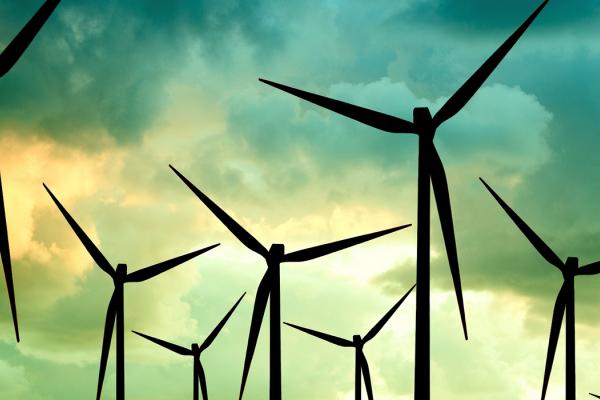Sep 26, 2016
One critical lesson from the environmental justice movement is this: Racial inequity and economic disparities are intertwined fault lines running in different directions, crisscrossing the everyday lives of people of color. History shows by what means the two interact and the consequences. These crisscrossing forces downgrade the quality of life and narrow opportunities for health, housing, and financial stability. Meanwhile whole communities suffer. Remember Flint, Mich. Consider the Sioux Nation’s historic push against the Dakota Access Pipeline.
Read the Full Article

Already a subscriber? Login
